Sunday, 27th August 2006
From high on a volcanic outcrop, the castle guarded the lowest crossing point of the River Forth for centuries. Today it remains a great symbol of Scottish independence and national pride. Stirling Castle is a complex monument of diverse buildings and spaces added over the centuries.
At the castle’s heart is the Inner Close, a square formed of the principal buildings for royal occupation.
Around the Outer Close are the Great Kitchens (early 1500s) and later army buildings. |
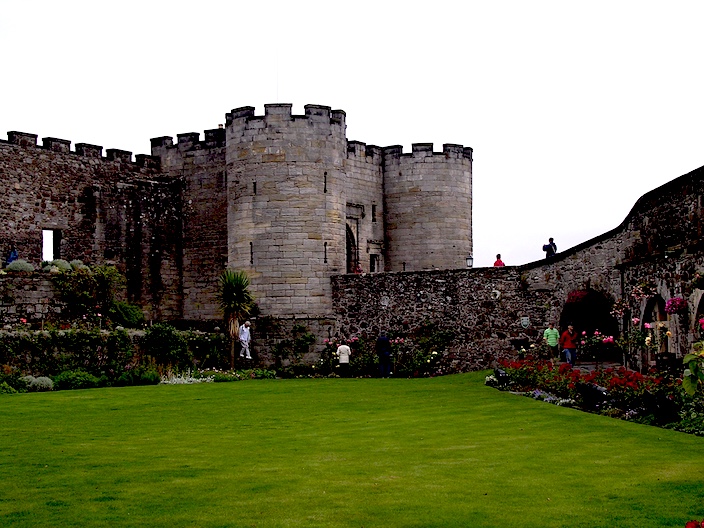
Bowling Green Gardens at Stirling Castle
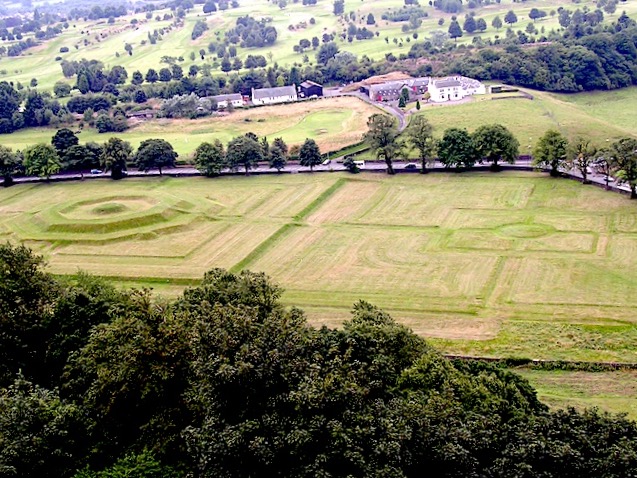
King's Knott
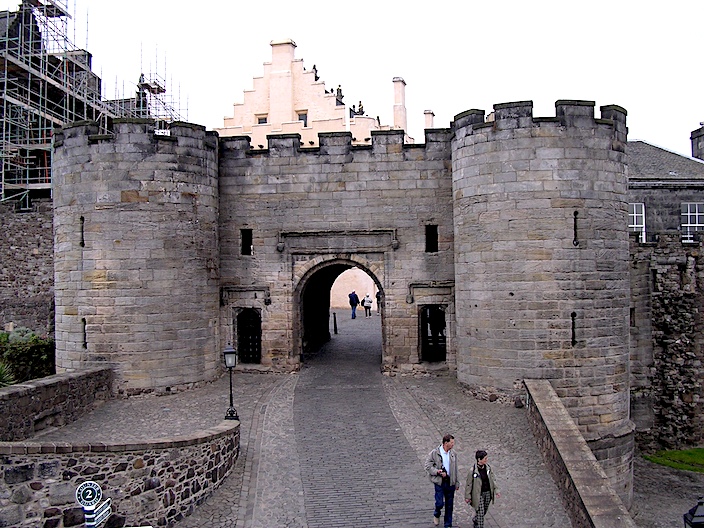
Gatehouse leads to . . .
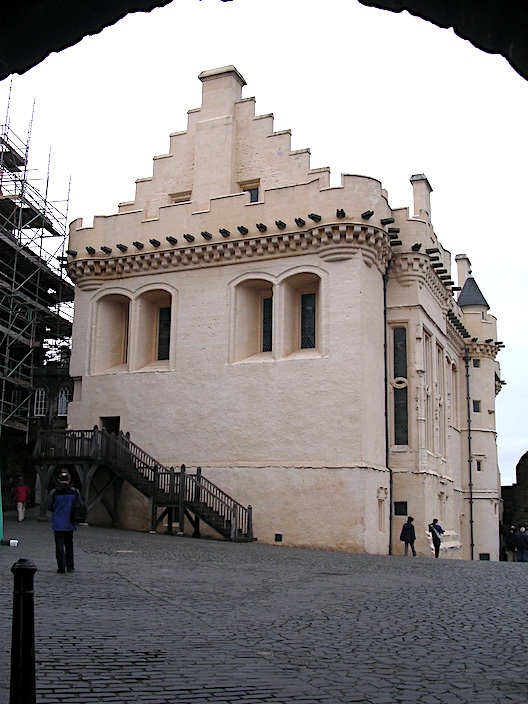
The Great Hall
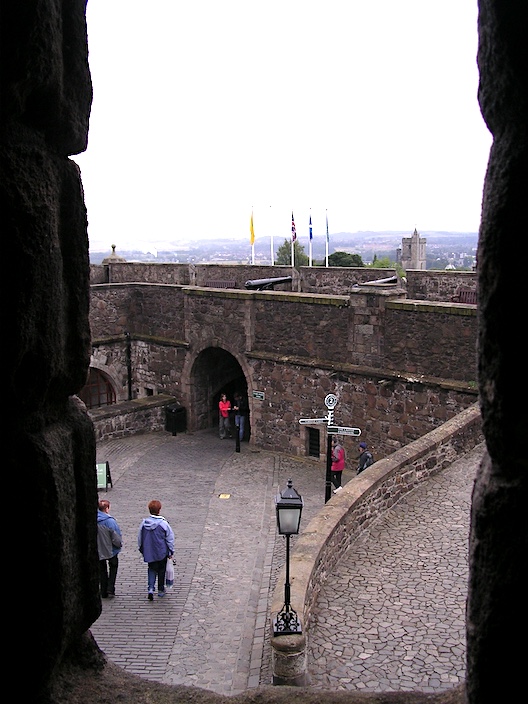
Outer Close

The Great Hall
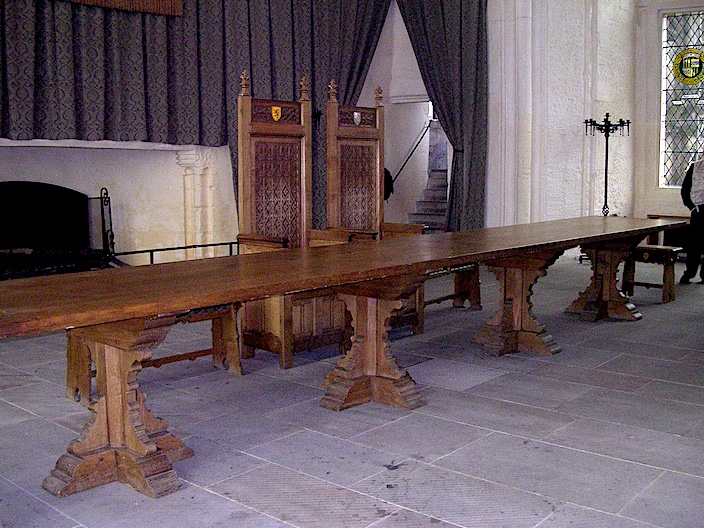
Table and . . .
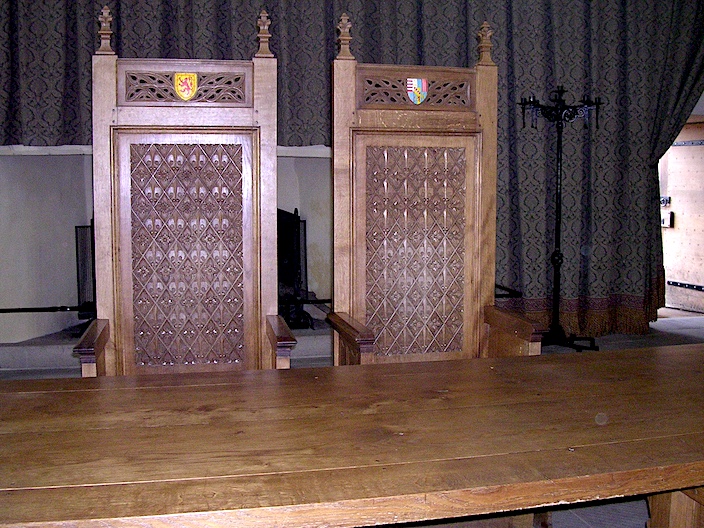
chairs in the Great Hall . . .

seen again from the outside . . .
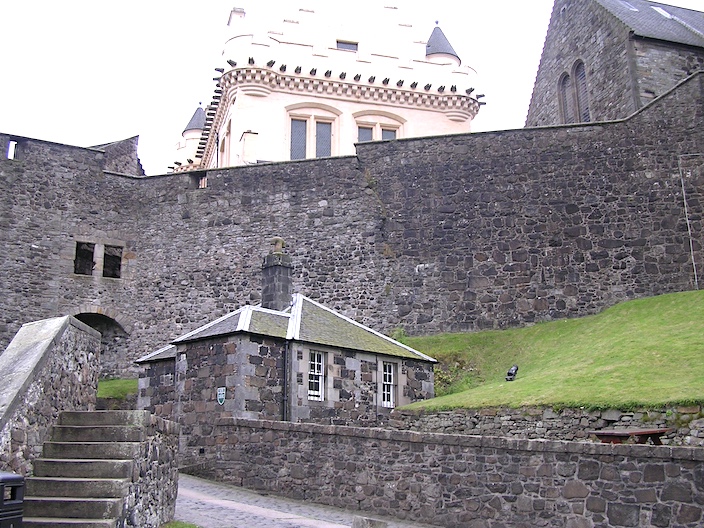
and from the Nether Bailey
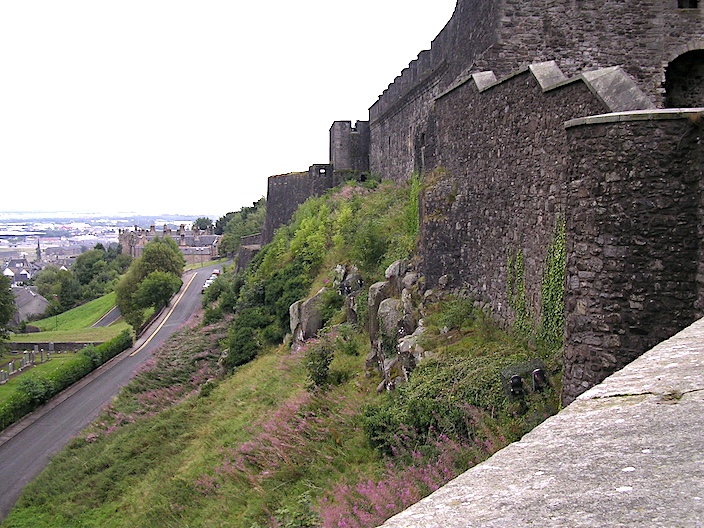
Castle Rock
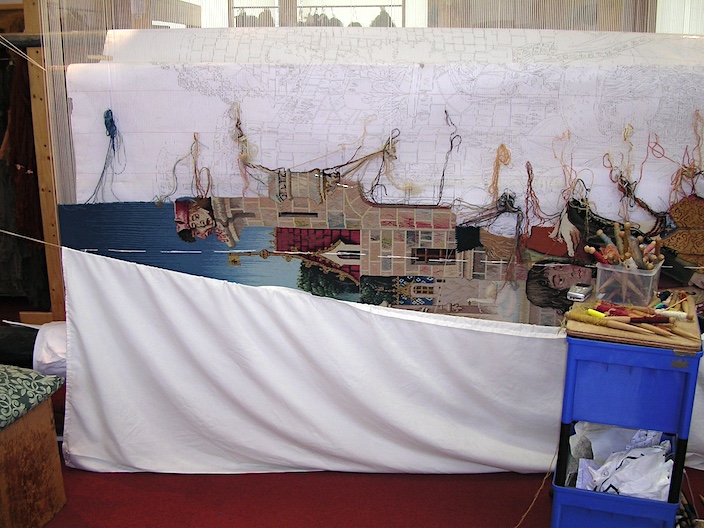
Tapestry Studio

Monument Esplanade
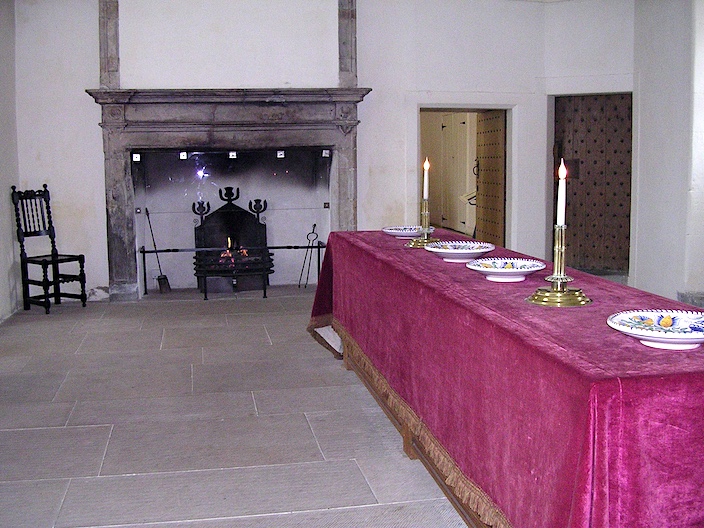
The Palace

has many interesting features . . .

inclusing the Scottish Thistle . . .
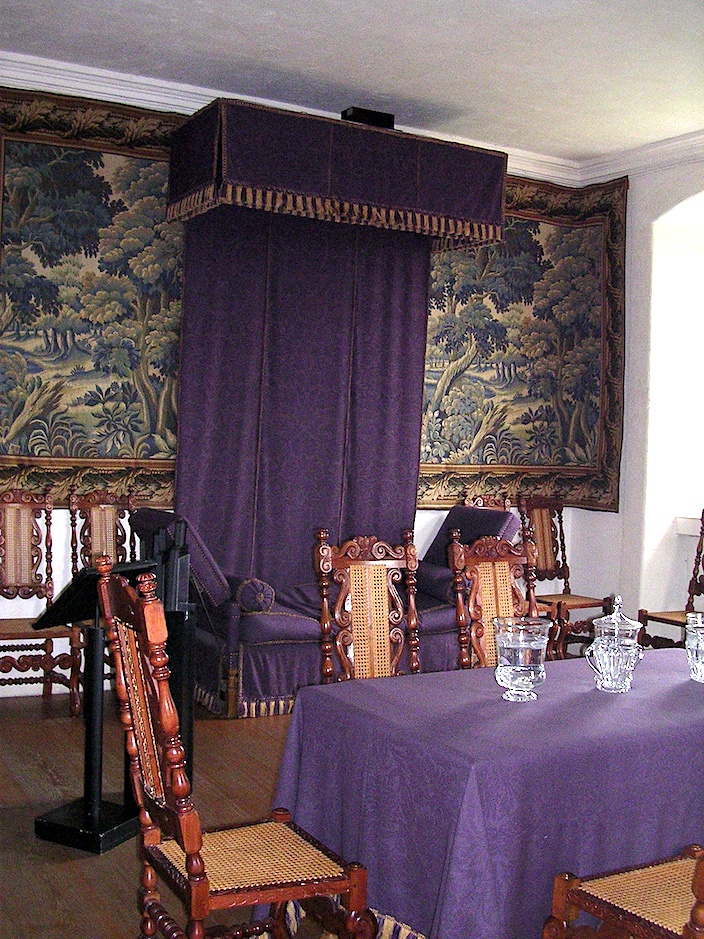
and sumptuous fittings

The Castle from the road